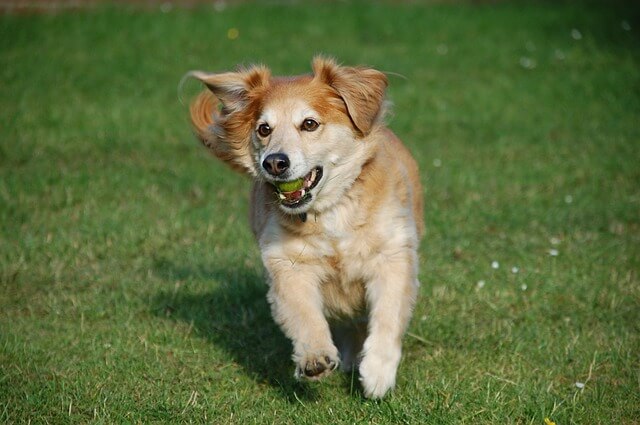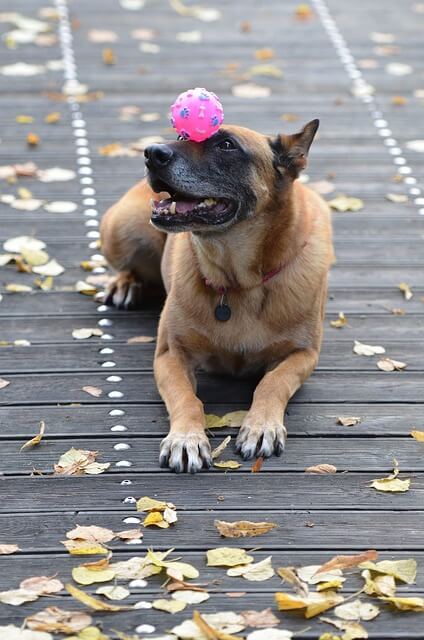If you regularly spend hours playing fetch and go on two walks a day, but your pup is still running circles around you, you know what it’s like to raise a high-energy dog. These seemingly tireless canines are a joy to be around, but you’d be lying if you said training that wriggly mass of fur was easy. Energetic dogs are loved for their big personalities and happy temperaments, but shelters are full of former pets that were deemed “too much to handle.” If you have one of these hyperactive dogs in your home, don’t give up on training. Try these tips to focus your dog’s energy on learning new skills.
Related: Top Online Dog Training Schools

# 1 – Exercise Before Training Sessions
Picture a five-year-old forced to sit in school all day without any breaks for recess. They’ll squirm in their seat and look anywhere except where you want them to, and that’s exactly how your dog will be if you try to train him without first releasing some pent of energy. You want your training sessions to be structured times where your dog focuses on you. You’ll have a better chance at keeping his attention if you schedule your sessions for right when he gets back from his walk or a few minutes after a rousing game of fetch.
# 2 – Keep Training Fun
You’ll never be able to force your dog to do something they’re not interested in. You need them to want to train with you, and the best way to do that is to make it fun. If your dog knows he’s going to be yelled at or you’re going to end up mad or frustrated, he’s not going to want to participate. Make it a positive experience by staying upbeat and enthusiastic.

# 3 – Strategize Your Training “Curriculum”
The first few commands you teach your dog should be ones that will make future training easier. One of the biggest problems with training high-energy dogs is they get so excited during training that they can’t focus on what you’re saying. You can help with this by focusing on skills that improve impulse control. “Calm,” “leave it,” and “go to your mat,” are all stepping stone obedience tricks that will come in handy when teaching other skills.
#4 – Take Advantage of Learning Opportunities
Your dog will learn through regular training sessions, but that time should be supplemented with other opportunities throughout the day. When they want something—no matter what it is—make them work for it. If they want dinner, make them sit and “leave it” before allowing them to dig in. If they want attention, only start scratching once they’ve shown you how well they’ve masted the “calm” command. Making them earn things throughout the day will keep their brains and bodies working to exhaust more energy.

# 5 – Learn the Power of Redirection
When the dog is jumping, running, and barking, frustrated pet owners try to stifle that energy to earn a second of peace. Punishing the dog, however, isn’t going to help. Instead of trying to stop the activity, you should redirect it. High energy is usually associated with a keen intellect and an eagerness to please. If you give your dog a job at which he can use his “gift” of never-ending energy, you both win. Your dog is still active and excited, but he’s doing something productive. Redirection could be giving him a Kong full of frozen peanut butter to clean or testing his mettle on the agility course.
Training a high-energy dog will take patience and commitment. It won’t always be easy, but it’ll be worth it. Don’t let small set-backs disappoint you, and don’t give up.
 Toledo, United States.
Toledo, United States.